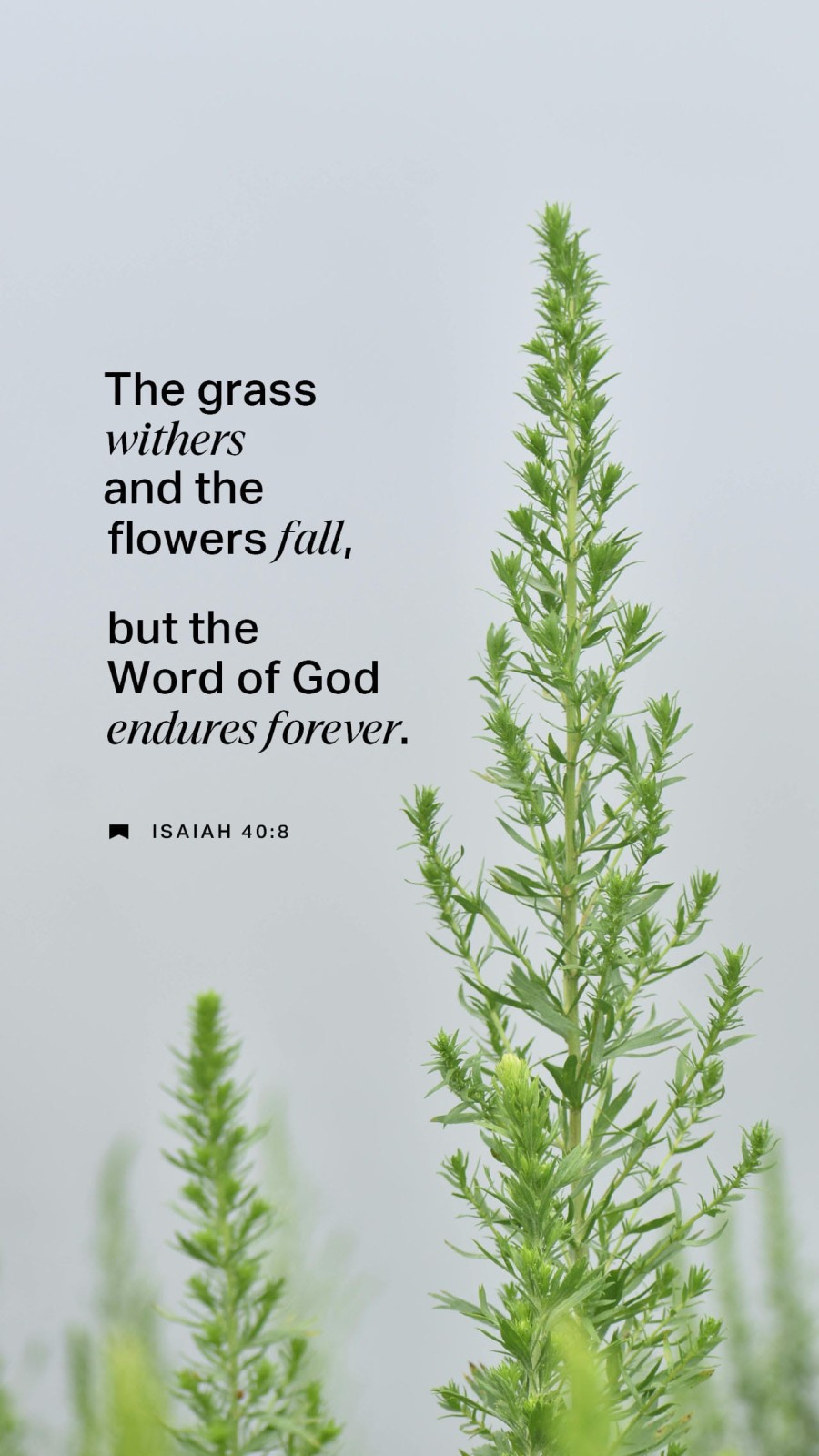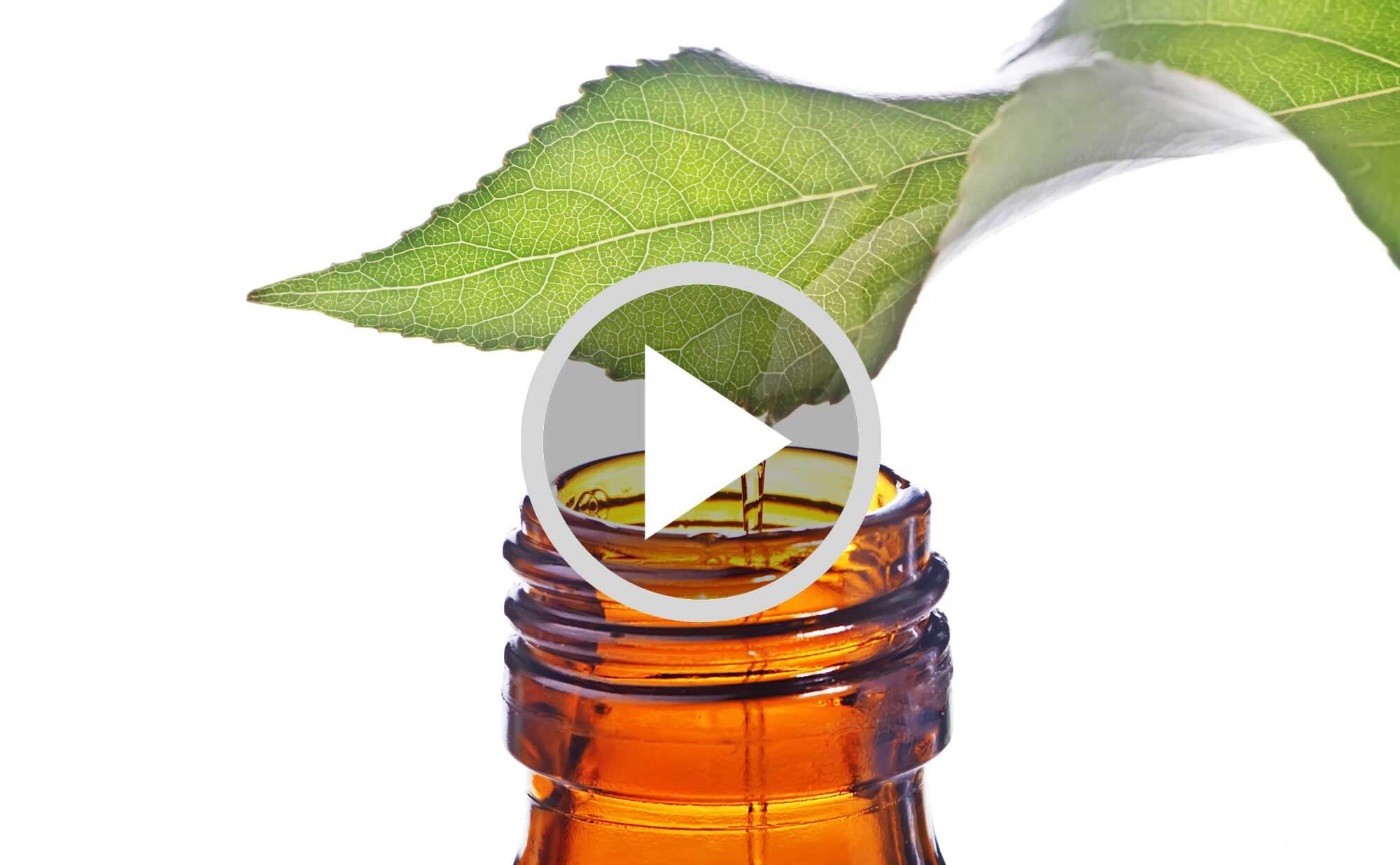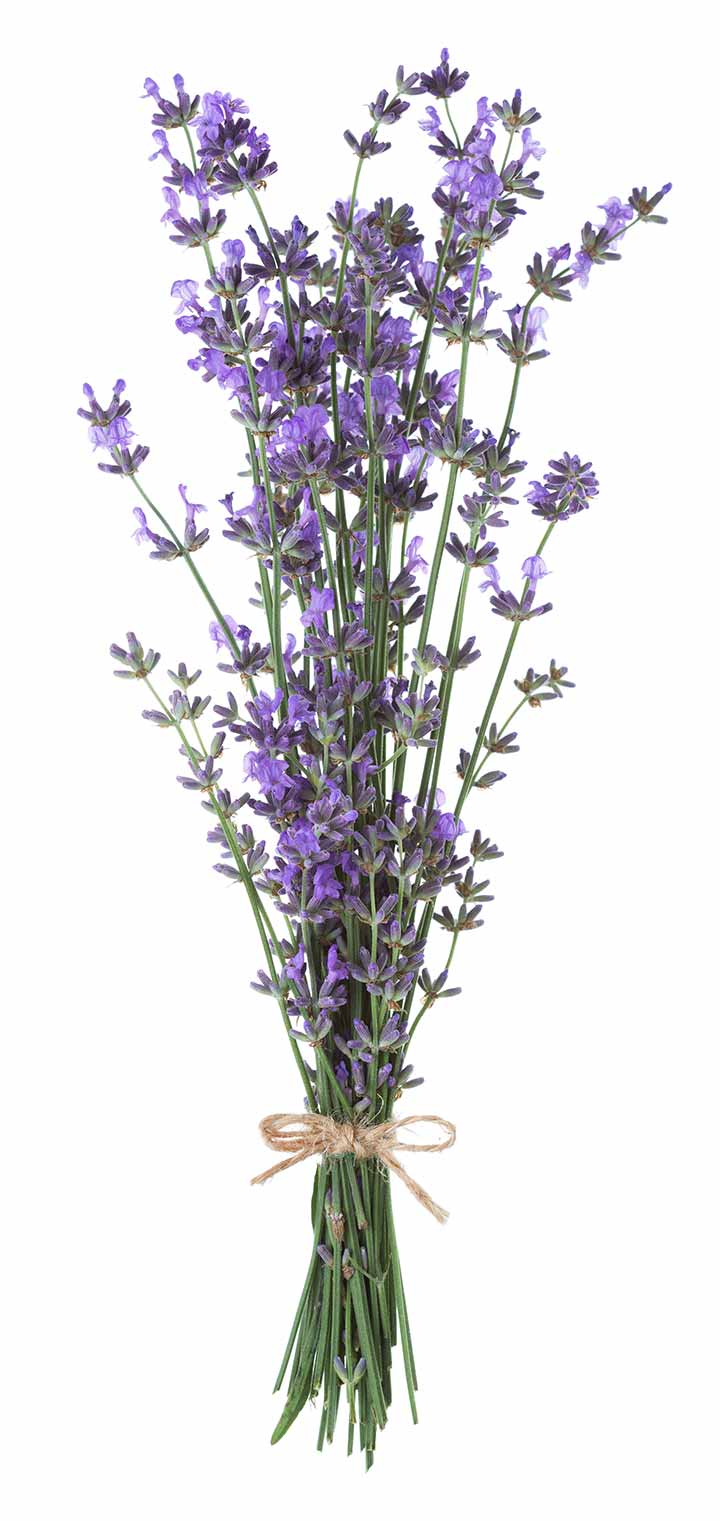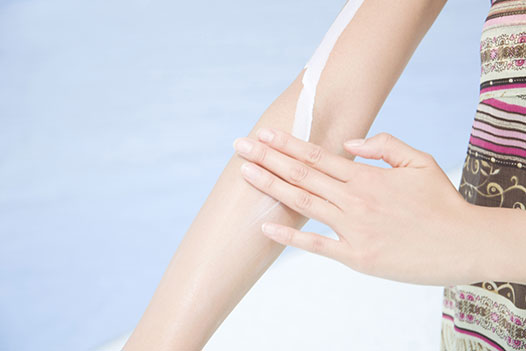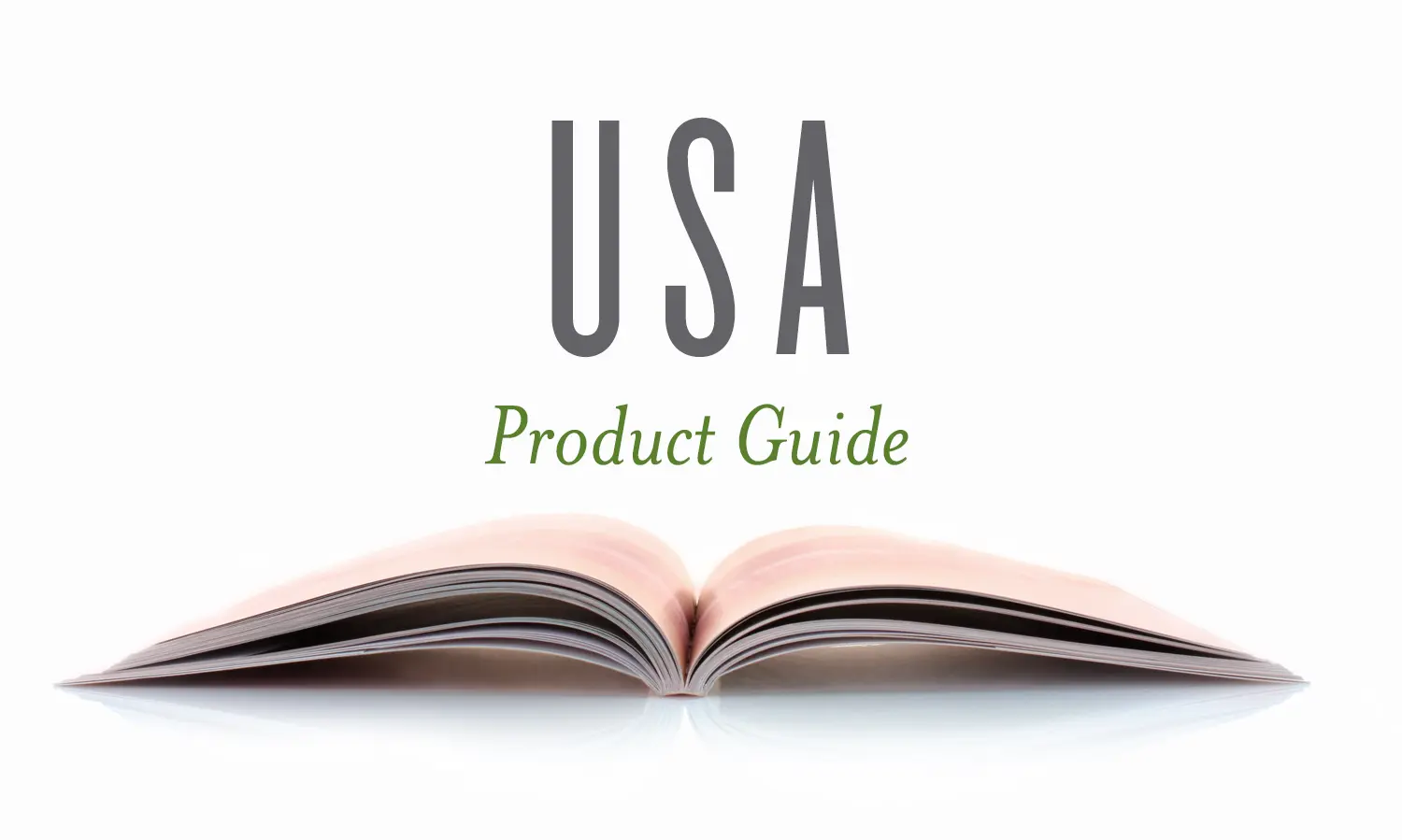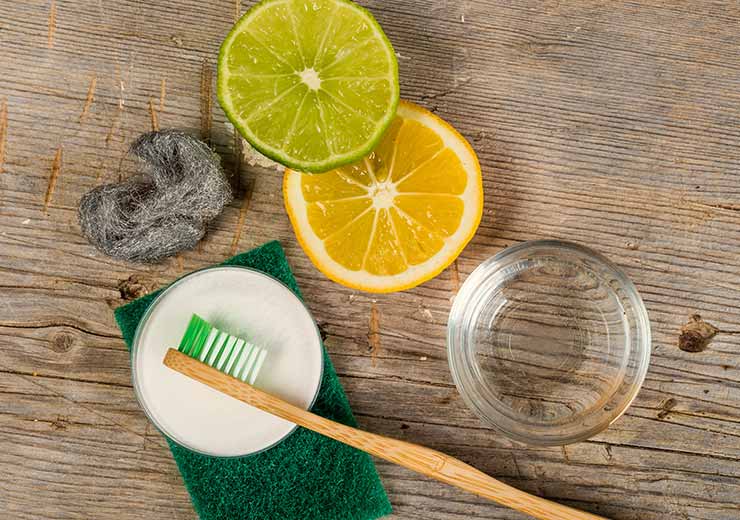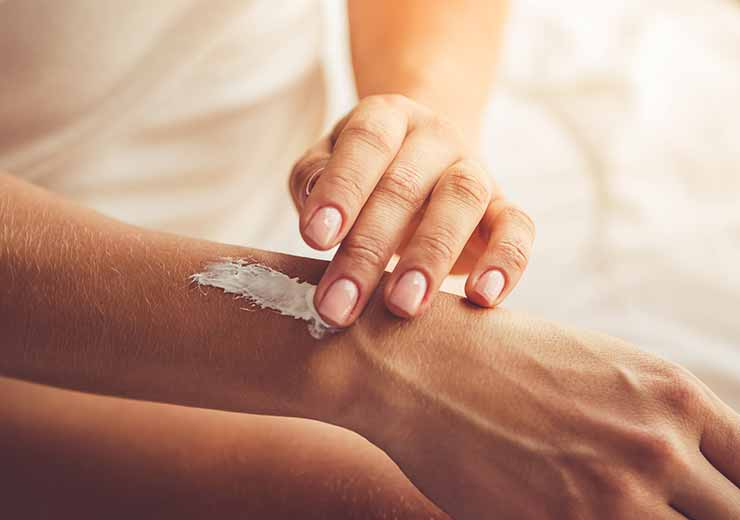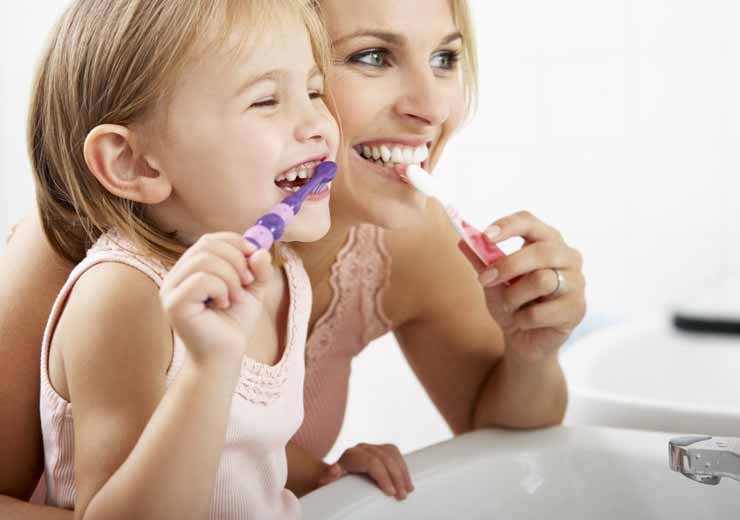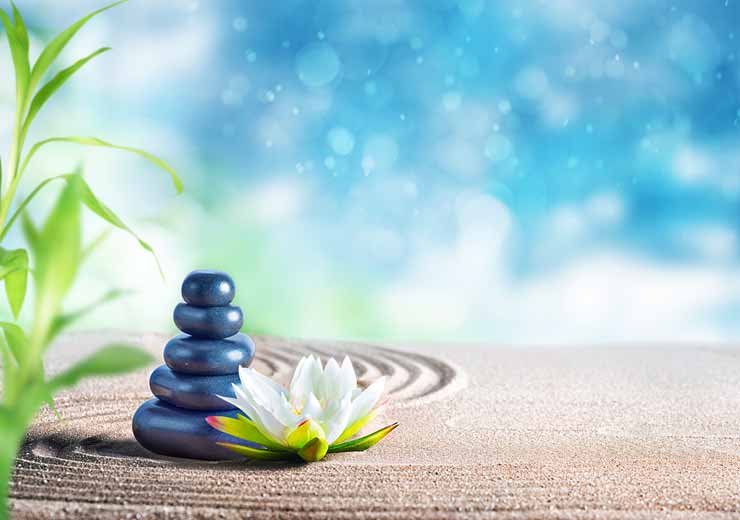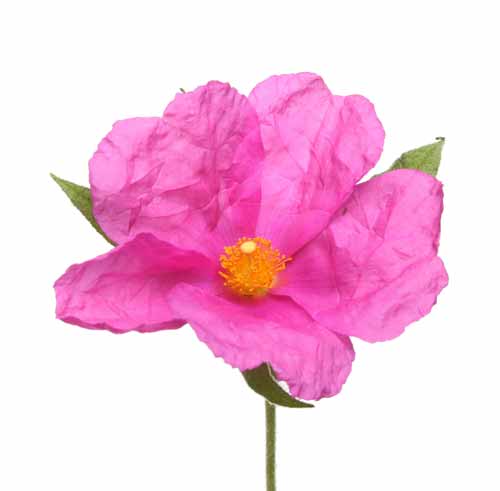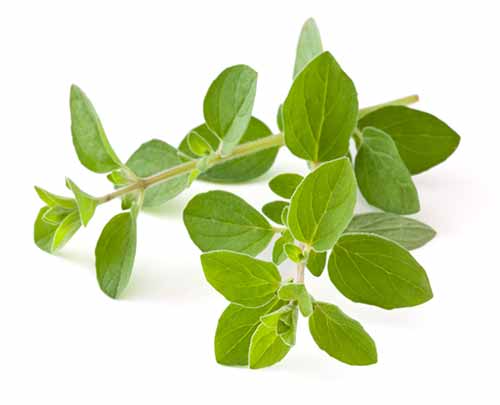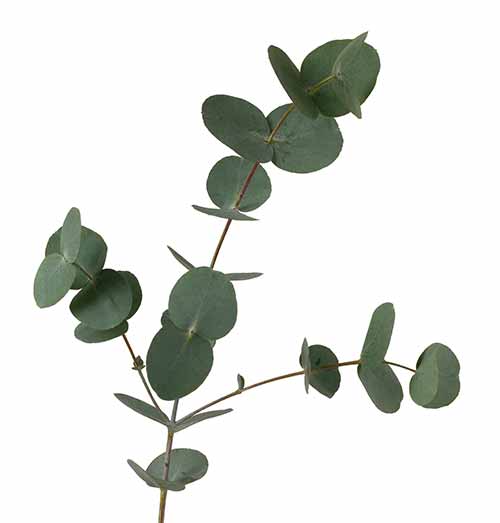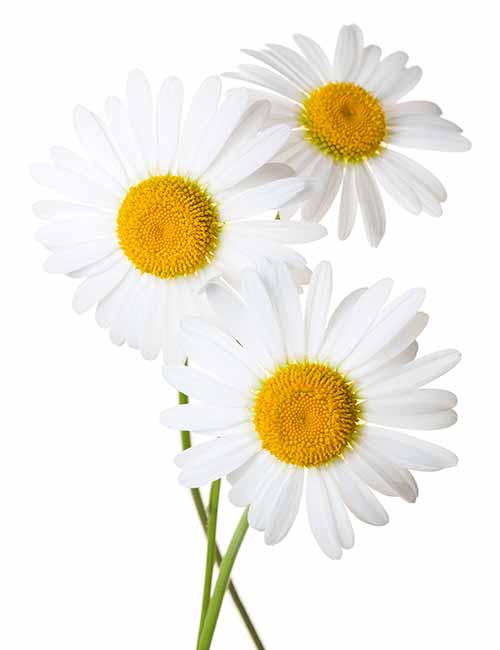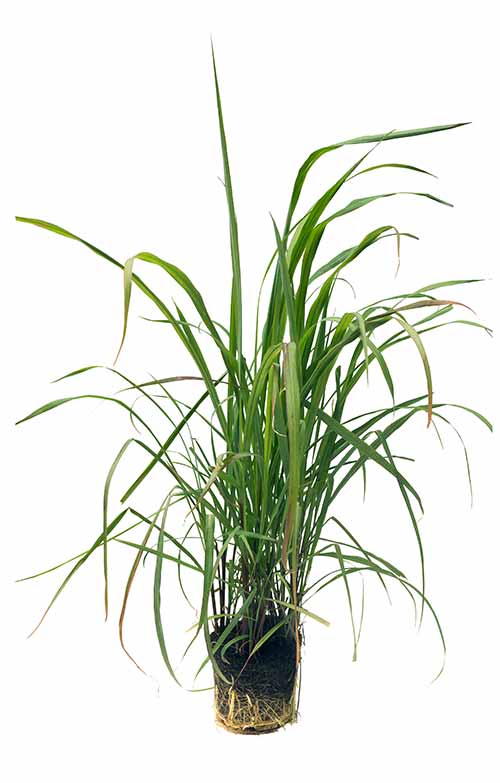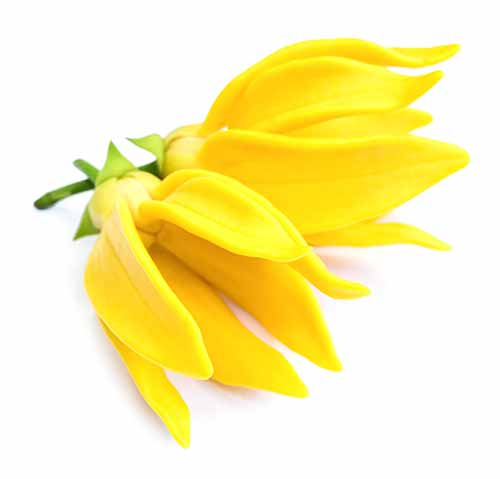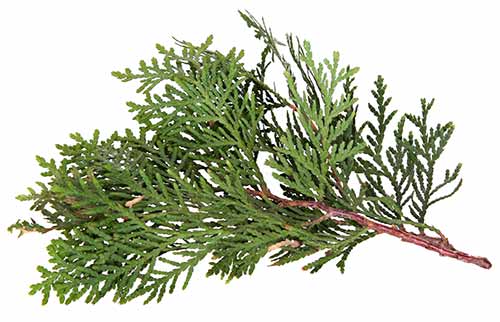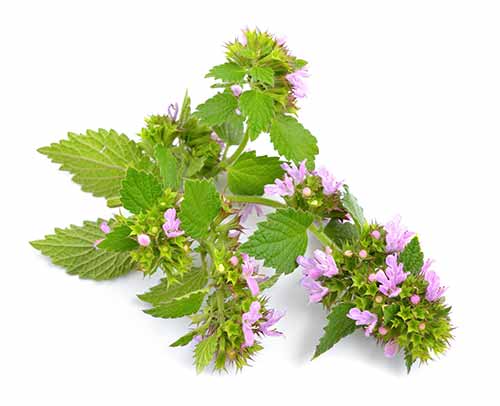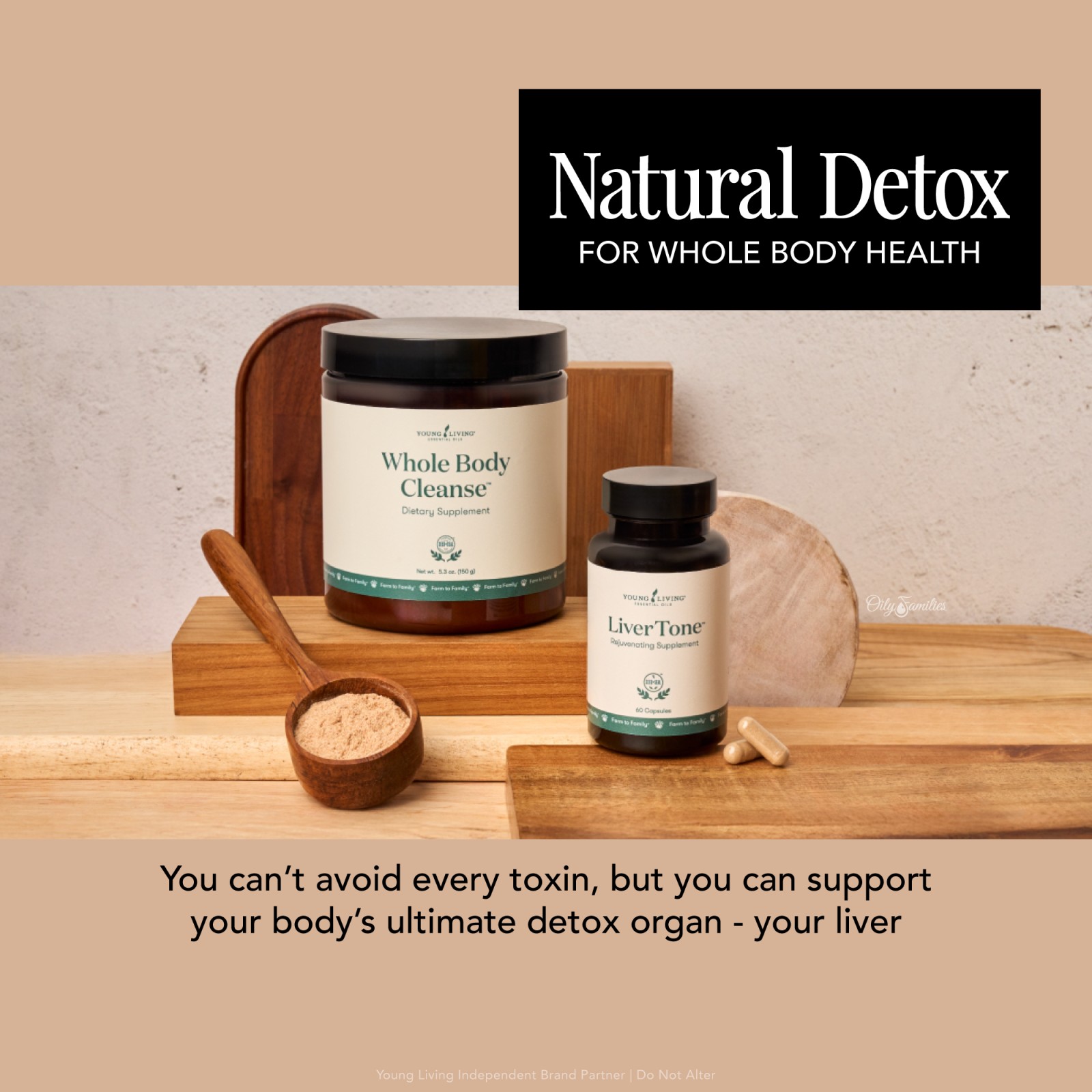The list of things we could worry about seems endless sometimes, doesn't it? We have: wars, sickness, finances, relationships, politics, natural disasters, job security, the safety and wellbeing of our loved ones…
I know, it’s a lot. And if we’re not careful, fear can begin to run the show. I've actually learned, through my working through a whole host of issues over the last couple of years, it is possible to keep fear from running the show. Part of my work has been accomplished through leaning into my faith and reading the Bible more...
Jesus looked His disciples in the eye—knowing full well that death was at the top of their fear list—and said: “Don’t let your hearts be troubled. Trust in God, and trust also in me.” John 14:1
That’s a pretty bold command, isn't it?
Is it really possible not to be shaken by all that’s going on in the world?
Jesus seemed to think so—because He said this just before He was arrested, beaten, and crucified.
He wasn’t unaware of the darkness… but He was confident in the Light.
Jesus knew:
• He is the source of true peace.
• He is the source of real joy.
• He is our only freedom from fear and worry.
Trusting God doesn’t mean life will be easy.
It means we’re not walking through the hard parts alone.
So how do we keep from getting overwhelmed?
How do we practically stop fear from taking the lead?
Here are some places to start:
• Take your thoughts captive and make them obedient to Christ.
• Prioritize God’s wisdom by reading, praying, and studying Scripture.
• Talk it out—share honestly with a trusted, faith-filled friend.
• Worship your way through the day—fill your space with music that points your heart back to Him.
Hard things will come. But we don’t have to be shaken by them.
Why? Because we know who holds it all together.
“You will keep in perfect peace those whose minds are steadfast, because they trust in you.”
Isaiah 26:3 NIV
Take a moment today to reflect:
👉 What is fueling fear in your life right now?
👉 What’s one practice you can begin today to turn your heart back toward trust in God?
He is near. He is trustworthy. He is peace.
